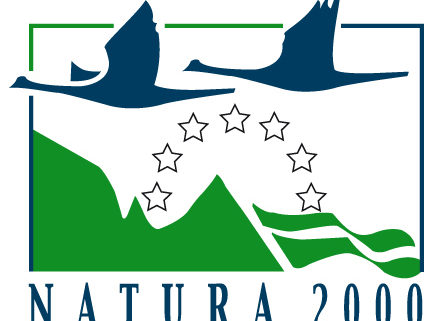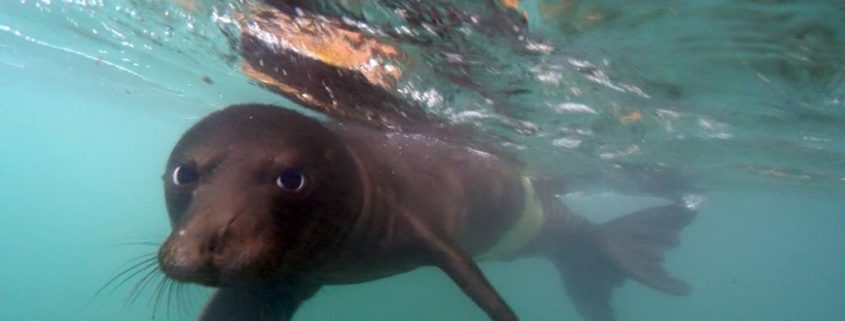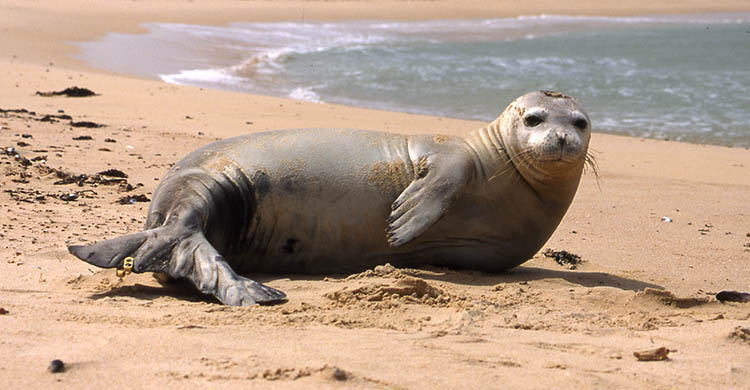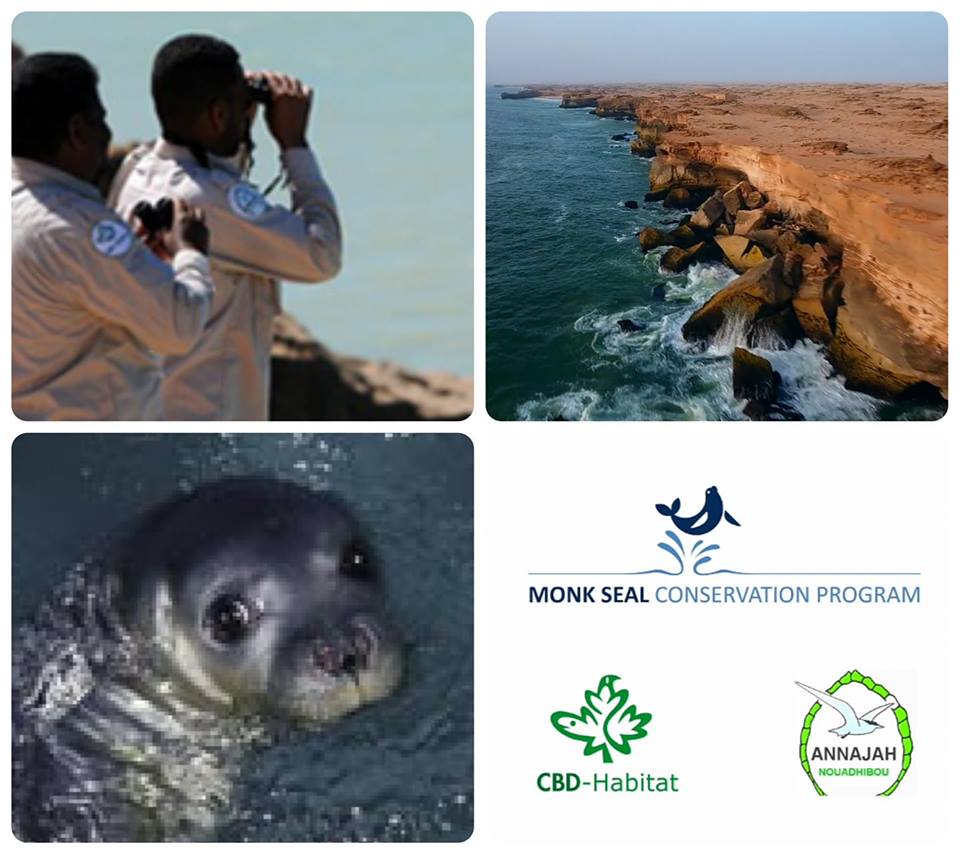EU Biodiversity Strategy for 2030
Why do we need to protect biodiversity?
Biodiversity is essential for life; nature provides for businesses (half of global Gross Domestic Product ,GDP, €40 trillion, depends on nature); the global population of wild species has fallen by 60% over the last 40 years; 1 million species are at risk of extinction; biodiversity loss and the climate crisis are interdependent and they exacerbate each other, etc.
The new EU-wide Biodiversity Strategy will:
- Establish protected areas for at least: 30% of land in Europe, 30% of sea in Europe, with stricter protection of remaining EU primary and old-growth forests legally binding nature restoration targets in 2021.
- Restore degraded ecosystems at land and sea across the whole of Europe by: increasing organic farming and biodiversity-rich landscape features on agricultural land, halting and reversing the decline of pollinators, reducing the use and risk of pesticides by 50% by 2030, restoring at least 25 000 km of EU rivers to a free-flowing state, and planting 3 billion trees by 2030.
- Unlock €20 billion per year for biodiversity through various sources, including EU funds and national and private funding. Natural capital and biodiversity considerations will be integrated into business practices.
- Put the EU in a leading position in the world in addressing the global biodiversity crisis. The Commission will mobilise all tools of external action and international partnerships for an ambitious new UN Global Biodiversity Framework at the Conference of the Parties to the Convention on Biological Diversity in 2021.
The business case for biodiversity: more than half of global GDP, some €40 trillion, depends on nature; 3 key economic sectors (construction, agriculture, food and drink, and they generate more than €7 trillion), and for example benefits of the EU Natura 2000 nature protection network are valued at between €200-300 billion per year.
The economic and social costs of inaction include: the world already lost an estimated €3.5-18.5 trillion per year in ecosystem services from 1997 to 2011, and an estimated €5.5-10.5 trillion per year from land degradation. Biodiversity underpins EU and global food security; biodiversity loss risks put our food systems and nutrition at risk. More than 75% of global food crop types rely on animal pollination. On average, global mean crop yields of rice, maize and wheat are projected to decrease between 3% and 10% per degree of warming above historical levels, etc.
The Natura 2000 network has been estimated to support 104,000 direct jobs in protected areas management and conservation activities and 70,000 more indirect or induced jobs. This is based on annual investment of €6 billion for management and restoration of the network. In the future, it is expected that biodiversity needs could generate up to 500,000 jobs. Of the 25% of the EU budget dedicated to climate action, a significant proportion will be invested in biodiversity and nature-based solutions.
More information:







